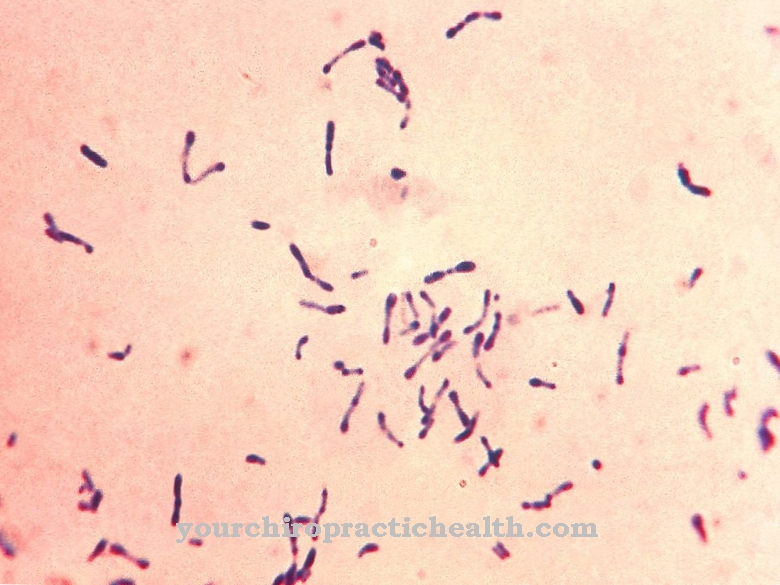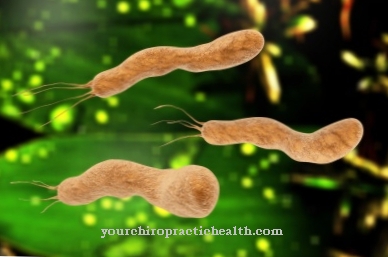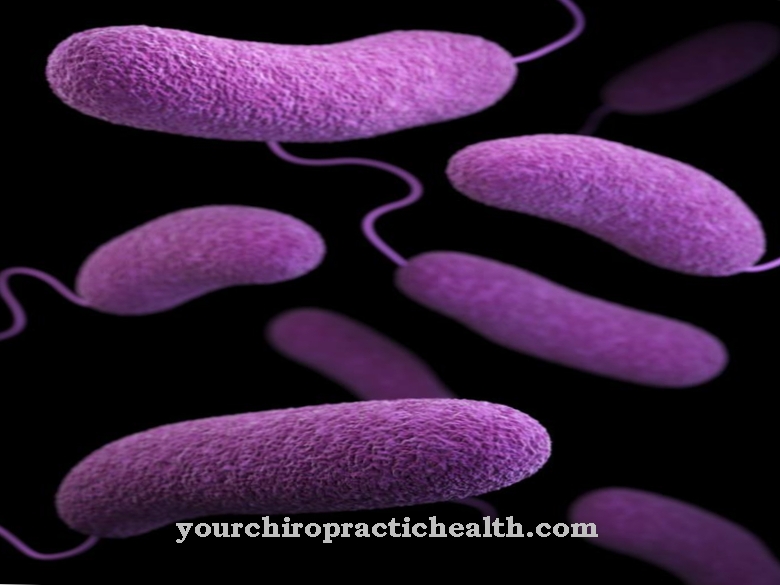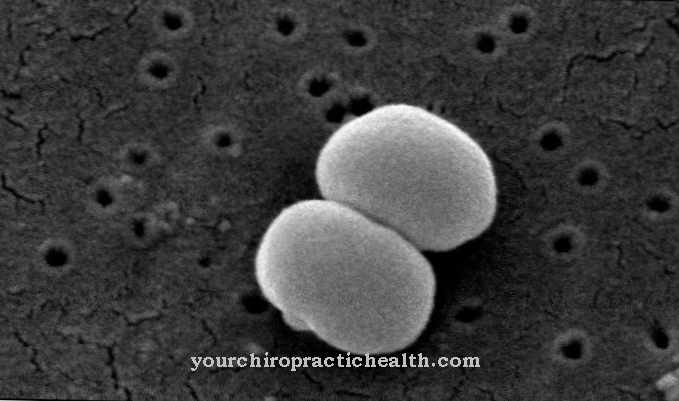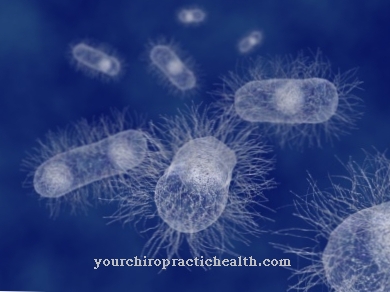They are invisible to the human eye and yet we could hardly live without them. Lactobacillus, Lactic acid bacteria, are an important part of our intestinal flora. They ensure a balance there, balance our immune system and thus protect us from infections and diseases.
What are lactobacilli?
Lactobacillus refers to a genus of rod-shaped bacteria that can be assigned to the Lactobacillaceae family. Lactobacillus, along with some other bacterial strains, belongs to the genus of lactic acid bacteria, the most important function of which is to produce lactic acid through fermentation. Most of the Lactobacillus species are therefore also of considerable importance for the food industry; Here they are used to produce a wide variety of dairy products and beer drinks.
Lactobacilli are generally harmless to humans, but some species are known to be pests in beverage production. Here the formation of lactic acid can lead to undesirable acidification and changes in taste; this applies in particular to drinks such as wine, fruit juices or beer.
Lactobacilli cannot be grouped together; instead, the individual species are usually assigned to subgroups, which are constantly being expanded as new species are constantly being added.
Occurrence, Distribution & Properties
Lactobacillus is considered to be a characteristic prototype of a lactic acid bacterium in terms of its physiological appearance. Most types of Lactobacillus are usually rod-shaped, the cells either appear individually or are arranged in chains. In contrast, some variants of Lactobacillus also have a helical or curved appearance.
In addition to milk and other dairy products, some types of Lactobacillus are also found on plants, while others colonize the gastrointestinal tract of humans and animals and are responsible for the formation of the natural intestinal flora. In particular, Lactobacillus ruminis and Lactobacillus salivarius are among the solid components of the human autochthonous intestinal flora. Autochthonous bacteria are understood to be those that are permanently detectable in the respective milieu, ruminis and salivarius thus belong to the permanent inhabitants of the intestinal flora.
Some types of Lactobacillus are also responsible for the formation of the so-called Döderlein bacteria. These are part of the natural vaginal environment of women and provide the necessary acidic environment. The low pH value protects the female vagina against pathogens and prevents, for example, an outbreak of vaginal thrush or similar bacterial infections.
Some other Lactobacillus species are also found on plant surfaces. They thrive on solid and carbohydrate-rich nutrient media and can condense into colonies here.
Meaning & function
In addition to their positive effect on the female vaginal environment, certain Lactobacillus species are also said to be of great importance for the prevention and treatment of various intestinal diseases and some autoimmune diseases. Lactobacillus helveticus in particular and some other subspecies are said to play a major role in intestinal health and protect against dangerous pathogens such as EHEC, etc.
The ingestion of the lactic acid bacterium usually takes place via so-called probiotics, dairy products such as yoghurt, which have been specially fortified with lactobacillus. But probiotics are also used in other medical fields. For example, they help to rebuild and rebalance an intestinal flora that has been damaged by illness or medication.
An intact intestinal flora is not only responsible for regular digestion; In fact, the intestine forms the center of the human immune system; if there is an imbalance here, this can cause extensive health problems. This can lead to diseases such as diabetes, obesity, high blood pressure, but also depression.
In addition, treatment with lactic acid bacteria is often an option in the gynecological area. Various vaginal infections can often be treated with a lactic acid treatment in the early stages; this is especially the case with bacterial vaginosis. Here, an imbalance in the vaginal environment is responsible for the bacterial infestation, which can often be compensated for by using high-dose lactobacillus cultures.
Of course, lactic acid bacteria can also be used preventively against vaginal infections; this is particularly recommended after antibiotic therapy, as this can easily disturb the vaginal flora. Even after the treatment of a yeast infection, a lactic acid cure can help to rebuild the environment weakened by the infection.
You can find your medication here
➔ Medicines to strengthen the defense and immune systemIllnesses & ailments
Although Lactobacillus species are primarily harmless to humans and represent an important link within the digestive chain, some people may have mild intolerance or even severe allergies in the case of lactic acid bacteria. An allergic reaction to Lactobacillus can manifest itself as mild nausea, digestive problems or headaches. In this case, a doctor should be consulted first. If a lactobacillus intolerance is confirmed, it is especially important to avoid probiotic products that are additionally enriched with lactic acid bacteria cultures.
Most people who suffer from histamine intolerance also react sensitively to Lactobacillus. Since some types of lactic acid bacteria produce high levels of histamine, these should also be avoided if they are known to be intolerant. These include above all Lactobacillus plantarum, Lactobacillus fermentii and Lactococcus lactis.
Even with a tyramine intolerance, certain Lactobacillus species, which are mainly found in probiotic products or other concentrates, should be avoided. These include above all Lactobacillus bulgaricus, Lactobacillus casei and Lactobacillus helveticus. In general, the following always applies: Anyone who notices abnormalities or unusual symptoms when consuming foods that contain lactobacilli should initially refrain from using these products and consult a doctor.
Symptoms of histamine intolerance usually appear a few minutes after consuming histamine-containing foods and can affect a wide variety of parts of the body. Typical symptoms are dizziness, palpitations, tiredness, headache, nausea, gas, diarrhea and constipation. In addition, however, skin reactions such as rash, itching, wheals or tingling may occur.


